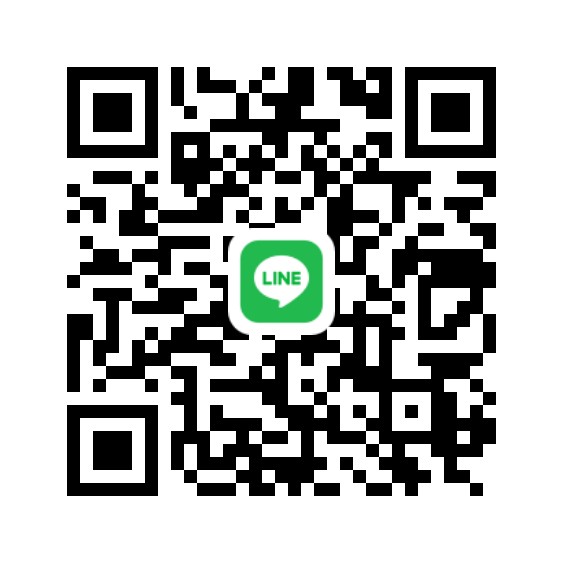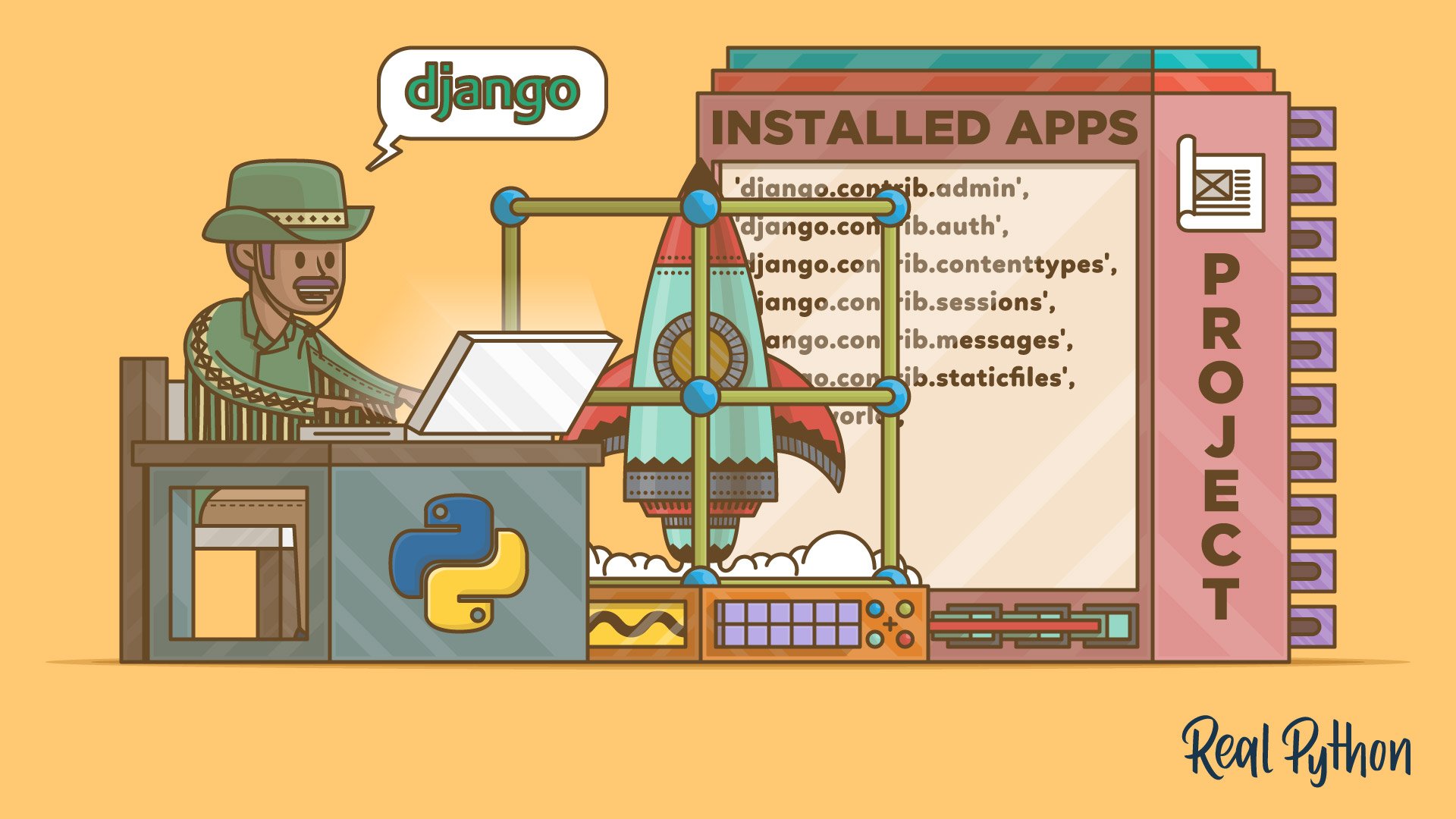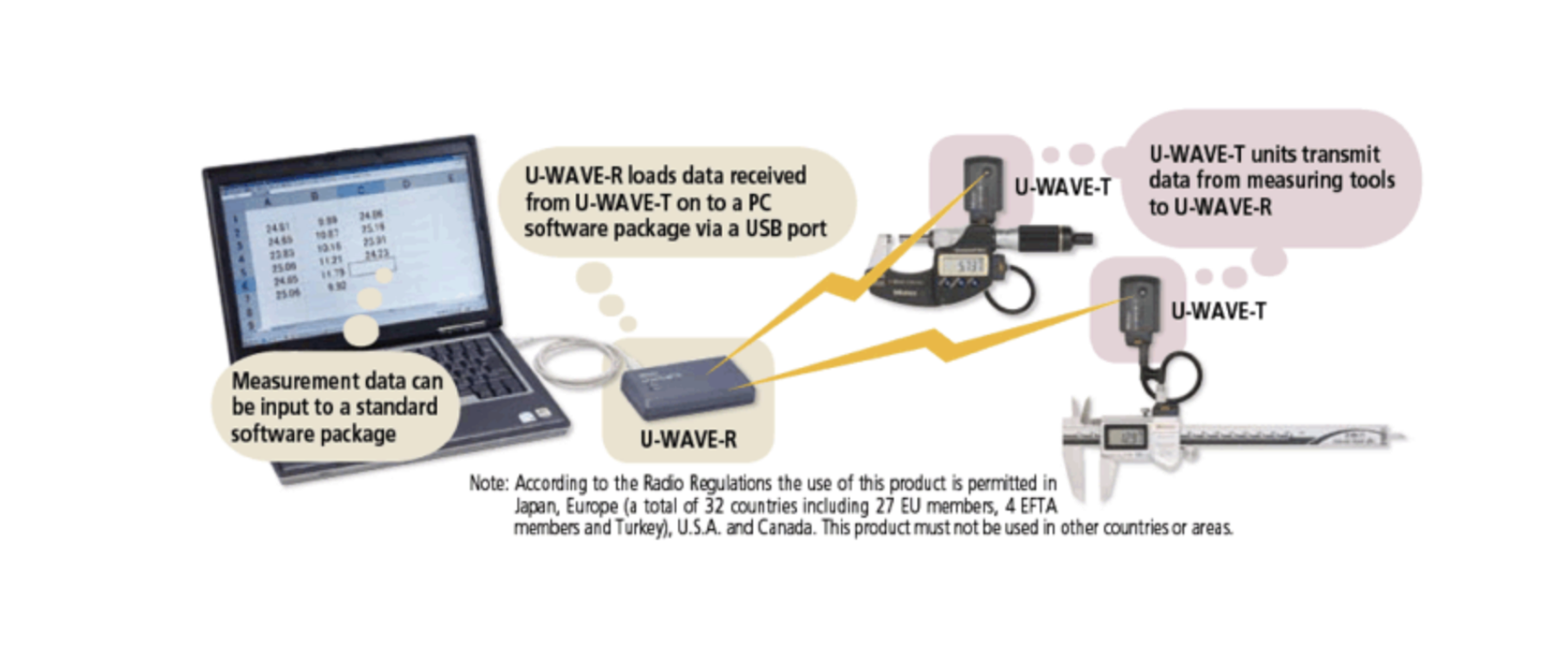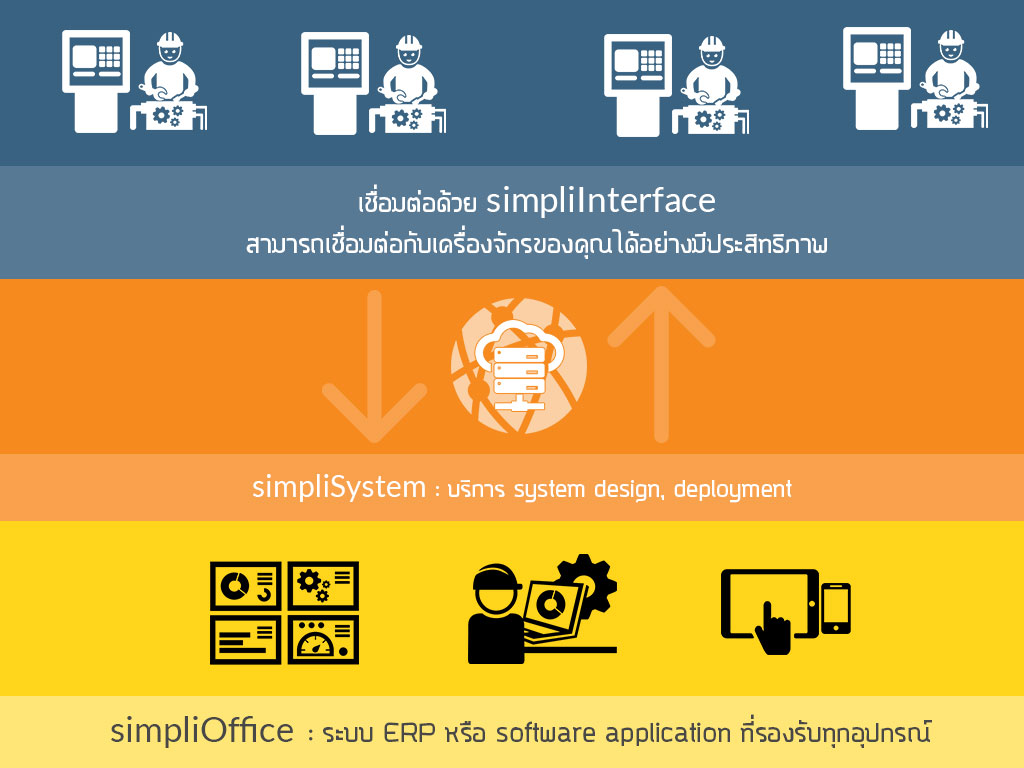Training YOLO with a Custom Dataset: A Step-by-Step Guide
Object detection has become an essential technology in various industries, including security, automation, and robotics. YOLO (You Only Look Once) is one of the most popular real-time object detection models due to its speed and accuracy. In this blog post, we will walk you through training YOLO with your custom dataset, making it ready for real-world applications.
Step 1: Install Dependencies
To begin, install the necessary dependencies. The latest versions of YOLOv5 or YOLOv8 make training simpler and more efficient.
# Clone the YOLOv5 repository
git clone https://github.com/ultralytics/yolov5.git
cd yolov5
# Install required packages
pip install -r requirements.txtFor YOLOv8, you can install the Ultralytics package directly:
pip install ultralyticsStep 2: Prepare Your Dataset
YOLO requires data in a specific format, where each image has an associated annotation file in the YOLO format:
<class_id> <x_center> <y_center> <width> <height>All values are normalized between 0 and 1. Below is the correct dataset folder structure:
/dataset
├── images
│ ├── train
│ │ ├── img1.jpg
│ │ ├── img2.jpg
│ ├── val
│ ├── img3.jpg
│ ├── img4.jpg
├── labels
│ ├── train
│ │ ├── img1.txt
│ │ ├── img2.txt
│ ├── val
│ ├── img3.txt
│ ├── img4.txt
├── data.yamlCreating the data.yaml File
This file defines the dataset structure and class names:
train: /path/to/dataset/images/train
val: /path/to/dataset/images/val
nc: 2 # Number of object classes
names: ['person', 'car'] # Object class namesStep 3: Train the Model
To train YOLOv5, run the following command:
python train.py --img 640 --batch 16 --epochs 50 --data dataset/data.yaml --weights yolov5s.pt --cacheFor YOLOv8, use:
yolo train model=yolov8n.pt data=dataset/data.yaml epochs=50 imgsz=640Step 4: Monitor Training Progress
YOLO logs various performance metrics during training. If using YOLOv5, results will be stored in runs/train/exp/. You can visualize training performance using TensorBoard:
tensorboard --logdir=runs/trainStep 5: Evaluate and Test the Model
Once training is complete, test the model on new images:
python detect.py --weights runs/train/exp/weights/best.pt --img 640 --source test_images/For YOLOv8:
yolo detect model=runs/train/exp/weights/best.pt source=test_images/Step 6: Export for Deployment
YOLO models can be exported to multiple formats for deployment:
python export.py --weights runs/train/exp/weights/best.pt --include onnx torchscriptFor YOLOv8:
yolo export model=runs/train/exp/weights/best.pt format=onnxFinal Thoughts
Training YOLO with a custom dataset enables real-world object detection for applications such as security, traffic monitoring, and automation. By following this step-by-step guide, you can prepare, train, and deploy your YOLO model effectively.
Would you like help automating the dataset preparation or optimizing training settings? Let us know in the comments!
Get in Touch with us
Related Posts
- Supercharge Your Chatbot: Custom API Integration Services for Your Business
- How to Guess an Equation Without Math: Exploring Cat vs. Bird Populations
- How to Build an AI-Resistant Project: Ideas That Thrive on Human Interaction
- Build Your Own Cybersecurity Lab with GNS3 + Wazuh + Docker: Train, Detect, and Defend in One Platform
- How to Simulate and Train with Network Devices Using GNS3
- What Is an LMS? And Why You Should Pay Attention to Frappe LMS
- Agentic AI in Factories: Smarter, Faster, and More Autonomous Operations
- Smarter, Safer EV Fleets: Geo-Fencing and Real-Time Tracking for Electric Motorcycles
- How to Implement Google Single Sign-On (SSO) in FastAPI
- Build Your Own Taxi Booking App with Simplico: Scalable, Secure & Ready to Launch
- Building a Scalable EV Charging Backend — For Operators, Developers, and Innovators
- How to Handle Complex Pricing for Made-to-Order Products in Odoo
- How to Build a Made-to-Order Product System That Boosts Sales & Customer Satisfaction
- Transform Your Operations with Autonomous Agentic AI
- Streamline Fiber Tester Management with a Lightweight EXFO Admin Panel
- Enhancing Naval Mission Readiness with EMI Simulation: Cost-Effective Risk Reduction Using MEEP and Python
- Strengthen Your Cybersecurity Posture with Wazuh: A Scalable, Cost-Effective SIEM Solution
- OCPP Central System + Mobile App — Customer Proposal
- How TAK Systems Are Transforming Border Security
- ChatGPT-4o vs GPT-4.1 vs GPT-4.5: Which Model Is Best for You?














